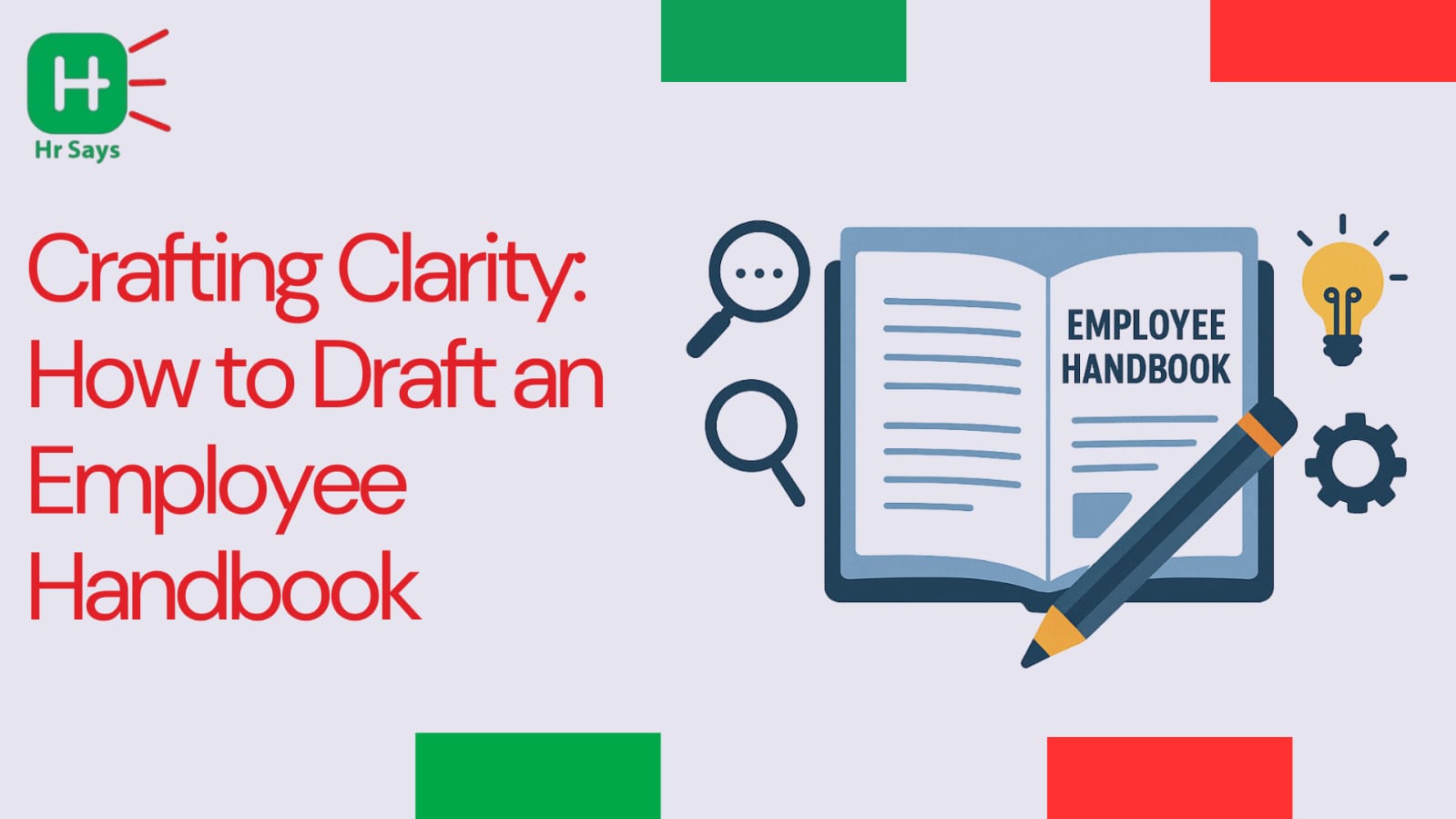What would a smooth-digging workplace look like? Written rules, values and expectations. An employee handbook comes in at that. It does this as a guide and promise, as everyone knows how the organization operates.
Why an Employee Handbook Matters
The purpose is to be seen before the drafting. An employee handbook is not simply a paper work. It generates a rapport between management and employees. It limits what is possible and provides guidance, to enhance trust and eliminate confusion.
Identifying the Core Sections
Every handbook needs a clear structure. Without it, employees may lose interest. A well-organized flow ensures nothing is missed. Key sections often include:
● Company mission and values
● Code of conduct and workplace behavior
● Compensation, benefits, and leave policies
● Health, safety, and compliance standards
● Disciplinary and grievance procedures
Each section should answer the employee’s unspoken question: “What does this mean for me?”
Writing in a Clear and Neutral Voice
Complex legal terms can create distance. The language should be simple, neutral, and professional. Employees should not feel like they are reading a contract, but a practical guide. Short sentences, crisp tone, and clarity help the handbook stay approachable.
Choosing the Right Tone
The voice should be formal yet friendly. Employees must feel respected while reading it. Overly promotional or overly strict tones may push readers away. Balance is key.
Drafting with Consistency
Rules written in one part should not conflict with another. Consistency in formatting, tone, and word choice is essential. Headings, numbering, and bullet points keep information easy to navigate.
Adding Flexibility
Not every scenario can be predicted. Handbooks should allow space for changes. Policies may evolve, so keeping the handbook adaptable prevents it from becoming outdated.
Review and Legal Alignment
A handbook carries weight. Misaligned information may lead to disputes. Before finalizing, it should be reviewed for compliance with labor laws. Involving HR and legal experts helps avoid risks.
Rolling It Out to Employees
The launch of the handbook matters as much as its content. Employees should not only receive it but also be guided through its use. A short orientation session or Q&A can clear doubts and create transparency.
Keeping It Alive
Handbooks are not one-time documents. They should be updated with new laws, policies, or workplace changes. Regular reviews keep the handbook relevant and trusted.
Conclusion
Drafting an employee handbook is about creating clarity. It gives structure, builds fairness, and guides behavior. When written thoughtfully, it becomes a resource employees actually rely on, not just a formality.

 An employee handbook sets the foundation for workplace clarity. With clear sections, balanced tone, and legal alignment, it becomes a reliable guide. Regular updates ensure it remains relevant and useful for every employee.
An employee handbook sets the foundation for workplace clarity. With clear sections, balanced tone, and legal alignment, it becomes a reliable guide. Regular updates ensure it remains relevant and useful for every employee.












.jpeg)












.jpeg)